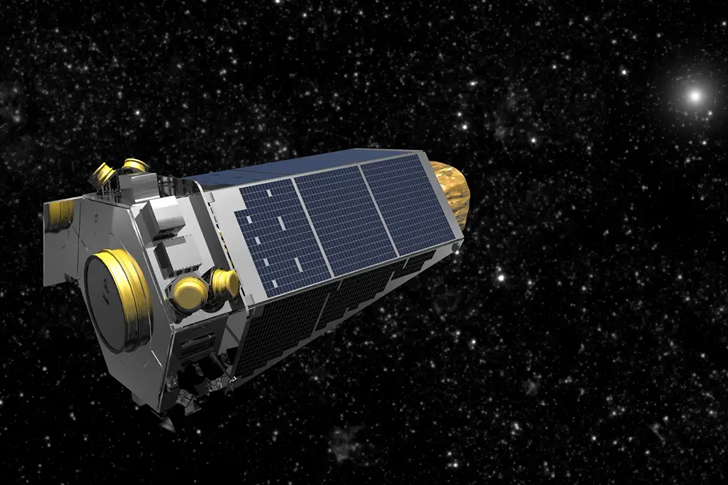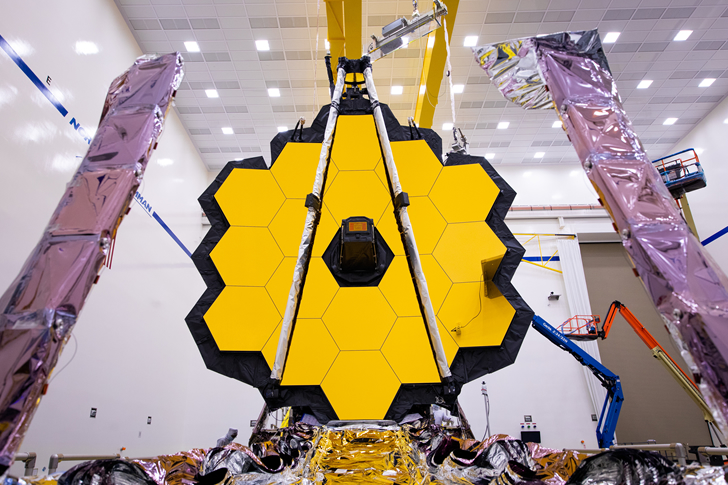The Search For Extraterrestrial Lifeforms Has Become More Interesting
Since our childhood days, we would often find ourselves immersed in stories about fictional worlds filled with magic, dragons, knights, witches, and the like. However, besides fantasy, there is another type of world that many of us love: science fiction.
For several years, artists, authors, and filmmakers have shown great interest in the world of science, to such a degree that some of them would even consult with world-renowned scientists and researchers for their projects. One such example in recent years would be Christopher Nolan’s sci-fi adventure, Interstellar, a film that involves its characters traveling through the depths of space – and even through a black hole. To ensure that the film stays grounded in reality as much as possible, the crew had some help from physicist Kip Thorne throughout the filmmaking process – especially when designing the black hole.

However, besides space travel, sci-fi stories have also teased one possible reality: alien life. Films like ET the Extra-Terrestrial and Star Wars have made several people wonder if otherworldly lifeforms truly exist. Fortunately, while these stories were sparking the interest of people worldwide, scientists and researchers have spent a significant amount of investment money trying to see if an alien lifeform is more than just a piece of fiction. And by the looks of it, based on the information they have acquired so far, an alien living on another planet may be possible. Furthermore, it may even be looking for other signs of life, just like us!
Is There Anybody Out There?
Over the years, scientists have made investments in upgrading their equipment and research facilities. One of these many tools is NASA’s now-retired Kepler space telescope. Throughout its service, the spacecraft contributed significantly to discovering around 4,000 planets outside the Solar System – this number is still growing thanks to Kepler’s successor, TESS (Transiting Exoplanet Survey Satellite).

Along with the help of other scientists and researchers, another discovery was made. For as far as 100 parsecs – or around 326 lightyears – away from Earth, there are 1,004 Sun-like stars, meaning that there’s at least one Earth-like planet existing within each of these Solar Systems. Of these 1,004, 508 stars have – at least – a 10-hour “window” for any lifeform in its Solar System to see the Earth.
There’s Still So Much To Learn

Although these results have shown strong possibilities of an extraterrestrial lifeform, or civilization, there are still several factors to consider. So far, the research conducted on this subject only focused on Sun-like stars capable of having inhabitable planets in their Solar System. Though 1,004 is already quite the number, the possibility of each of these stars even having an Earth-like planet is still uncertain.
However, like every successful figure in history, these researchers and scientists won’t be giving up that easily. Though the current space crafts and other research equipment were built to look for stars, NASA has prepared around $9.8 billion of its investment money on a new James Webb Space Telescope, which will begin its mission next year. This new spacecraft is expected to scan the atmosphere of nearby planets for possible signs of life. Besides the James Webb Space Telescope, several ground-based megascopes will also contribute to the research work, like the Giant Magellan Telescope. At this rate, we might even be able to see a real alien lifeform in a few years – here’s to hoping!
The existence of otherworldly lifeforms has always been a concern deep inside almost every person’s mind. But thanks to the discoveries scientists and researchers made throughout the years, the answers to these once-unanswerable questions are, to some degree, slowly being brought to light. Although each achievement is a breakthrough in its own right, there is still much to learn about the universe. Fortunately, research facilities, like NASA, SpaceX, and the European Space Agency, have shown great enthusiasm in pursuing their journey to discover more about the world. And, by the looks of it, they won’t be running out of gas anytime soon.
